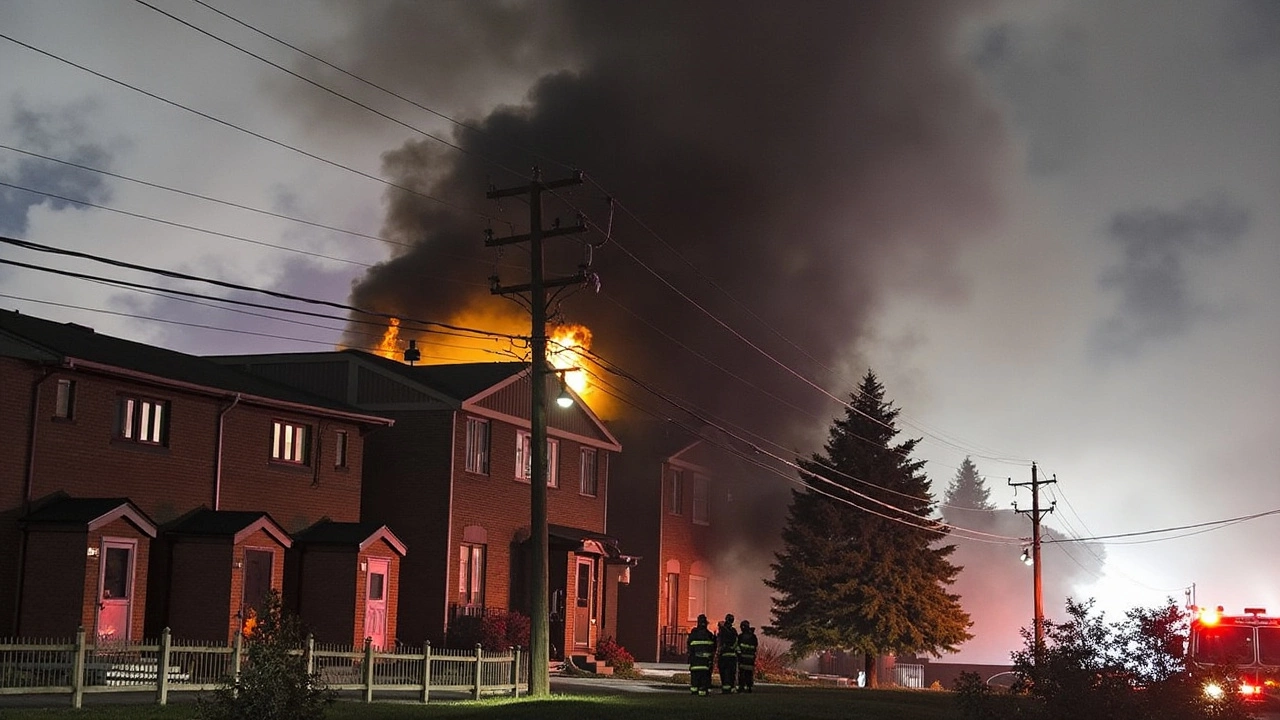Medical Aircraft: Your Quick Guide to Air Ambulance Services
If you ever wonder how a patient gets moved from a remote accident site to a hospital in minutes, the answer is usually a medical aircraft. These specially equipped planes and helicopters act like flying intensive care units, bringing doctors, nurses, and life‑saving gear straight to the person who needs help.
In the U.S., the UK, and many other countries, emergency dispatch centers call a medical aircraft when ground ambulances can’t arrive fast enough, when the distance is huge, or when the patient requires advanced treatment that only a hospital can provide. The process is quick: a 911 or 999 call triggers a check, then the nearest air ambulance is sent out with a crew ready to treat the patient while in the sky.
Types of Medical Aircraft and Their Roles
There are two main kinds of medical aircraft: helicopters and fixed‑wing planes. Helicopters are great for short distances and can land on helipads, rooftops, or even clearings in the woods. They’re the go‑to option for accidents on highways or in rural areas where roads are clogged. Fixed‑wing planes, on the other hand, fly higher and faster. They’re used for longer trips, like moving a patient from a small regional hospital to a major trauma center hundreds of miles away.
Both types come with a mini‑ICU inside. You’ll find ventilators, monitors, medication pumps, and sometimes even portable ultrasound machines. The crew usually includes a pilot, a flight nurse, and a paramedic or respiratory therapist. Some larger aircraft even have a doctor on board if the situation calls for it.
What Happens During a Medical Flight
When the aircraft arrives, the crew assesses the patient right there. They secure the person to a stretcher, attach all the monitors, and start any needed treatment. If the patient is unconscious or has a spinal injury, the crew takes extra steps to keep the spine stable.
During the flight, the crew continues to monitor vitals, administer medication, and talk to the receiving hospital. This communication lets the hospital prep the operating room or ICU before the plane lands, shaving minutes off the total treatment time.
Patients often wonder about the noise and vibration. Modern medical helicopters are built to reduce vibration, and flight crews wear ear protection. The cabin is pressurized in fixed‑wing planes, which feels like a normal airplane ride, but the crew works to keep everything calm and safe.Cost is another common question. Air ambulance rides can run from a few thousand to tens of thousands of dollars, depending on distance and equipment needed. Many insurance plans cover part of the expense, and some regions have government programs that help cover the cost for emergency cases.
Safety records for medical aircraft are high, thanks to strict maintenance schedules and specialized pilot training. Pilots learn to fly in bad weather, at night, and in mountainous terrain when needed. Still, if a storm is too severe, the crew may wait for conditions to improve or use a fixed‑wing plane that can fly above the bad weather.
After landing, the patient is transferred to the hospital’s emergency department. The crew hands over a detailed report that includes vital signs, medications given, and any procedures performed during the flight. This handoff ensures the hospital team picks up exactly where the air crew left off.
In short, medical aircraft are a critical link in the chain of emergency care. They bring high‑level treatment to the scene, shorten travel time, and give hospitals a head start on preparing for the incoming patient. Whether you’re a patient, a family member, or just curious, knowing how these flying ambulances work can turn a scary situation into a more understandable one.
Kieran Lockhart, Feb, 1 2025
Medical Plane Crash in Philadelphia Sparks Devastating Fire in Residential Area
A catastrophic incident took place in a Philadelphia neighborhood as a small medical plane, carrying a child patient and five others, crashed, triggering a massive blaze that engulfed several homes. This tragic event left multiple casualties and prompted quick response from emergency services. The crash site was enveloped in flames, with dense smoke ascending into the sky. Investigators are probing into the cause of this heartbreaking crash.
View More




